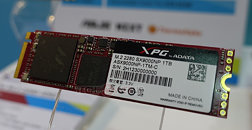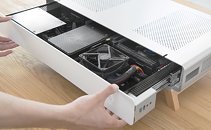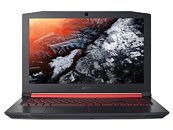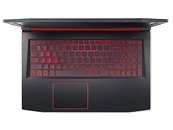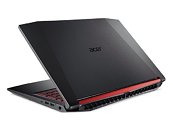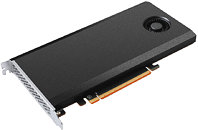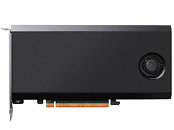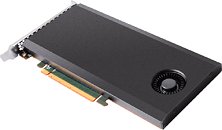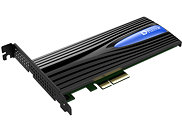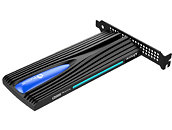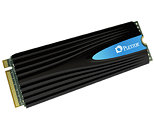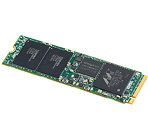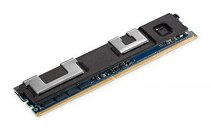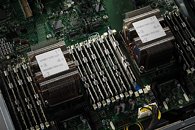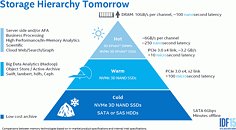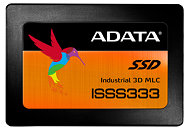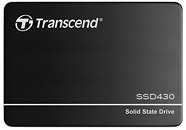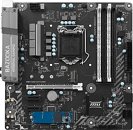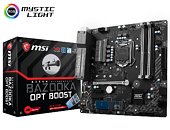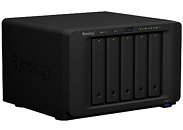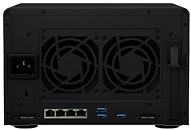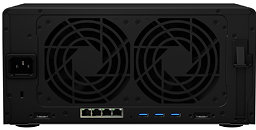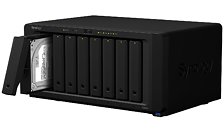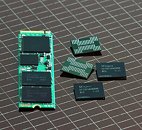HighPoint, known for its enterprise storage RAID HBAs, has a thriving portfolio of workstation-grade storage solutions, such as Thunderbolt enclosures. The company developed a new line of NVMe RAID solutions beginning with its RocketRAID 3800 PCIe x16 HBA, and now the SSD7101 series PCIe solid-state drives. The drives are built in the full-height PCI-Express add-on card form-factor, with PCI-Express 3.0 x16 host interface. The card combines a number of M.2-2280 SSD subunits wired to an NVMe RAID controller, and either striped in user-transparent RAID 0 for maximum performance, or RAID 1 and RAID 5 modes, for data redundancy. The resulting volume exposed to the OS has full NVMe protocol and TRIM support.
The SSD7101 comes in two variants, the SSD7101A featuring factory-fitted Samsung 960 EVO sub-units, and the faster SSD7101B featuring factory-fitted Samsung 960 PRO series sub-units. The card features four 32 Gb/s M.2 slots, the SSD7101A comes in capacities of 500 GB (2x 250 GB), 1 TB (4x 250 GB), 2 TB (4x 500 GB), and 4 TB (4x 1 TB); while the SSD7101B comes in capacities of 1 TB (4x 250 GB), 2 TB (4x 500 GB), 4 TB (4x 1 TB), and 8 TB (4x 2 TB). The SSD7101A offers sequential transfer rates of up to 13,000 MB/s reads, with up to 7,500 MB/s writes; while the SSD7101B offers up to 13,500 MB/s reads, with up to 8,000 MB/s writes, and 33 percent higher endurance. You can halve the capacity and double the endurance by running the drives in RAID 1 mode. Both drives feature an aluminium fin-channel cooling solution, with heatsinks over each of the four M.2 subunits, and the NVMe RAID controller. The company didn't reveal pricing.

